In home aquariums, camallanus worms—slender, crimson parasites that burrow into freshwater fish’s intestines—can cause mayhem. With prompt diagnosis and proper treatment though, these unwelcome guests can be eliminated. All the information aquarium enthusiasts require to identify, manage, and avoid Camallanus infestations is covered in this thorough guide
What Are Camallanus Worms?
In home aquariums, camallanus worms—slender, crimson parasites that burrow into freshwater fish’s intestines—can cause mayhem. These unwanted visitors can be removed, though, with an early diagnosis and appropriate care. Everything aquarium enthusiasts need to know about identifying, managing, and avoiding Camallanus infestations is included in this thorough guide.
Fish Species at Risk
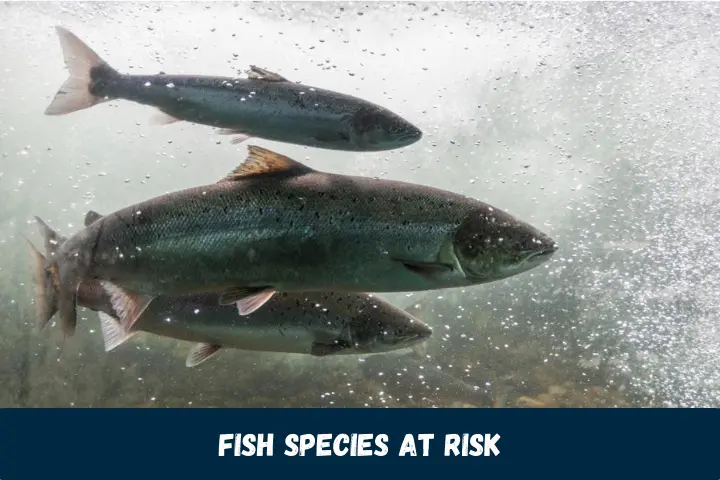
Though Camallanus can infect various types of freshwater fish, they most commonly target livebearers. Guppies, platies, mollies, and swordtails seem especially vulnerable to infestations. The worms may also be found in other community fish like tetras and barbs on occasion. Severe infections can occur in cichlids, catfish, goldfish, and other species as well. Fish maintained in high densities in wholesale facilities and pet stores are at heightened risk of exposure. Newly acquired fish should always be quarantined and screened for worms before introducing them into an existing home aquarium.
Recognizing Signs of Infestation
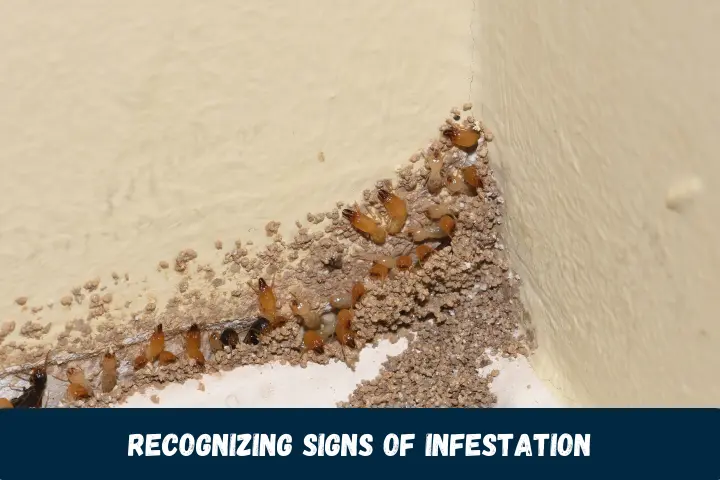
The earlier an infestation is identified, the better the chances of effective treatment and full recovery. Be vigilant of these common warning signs:
- Weight Loss: Fish stop growing, appear thin, and show loss of appetite despite normal feeding.
- Lethargy & Hiding: Infected fish hover motionlessly near the bottom or hide more than usual.
- Difficulty Swimming: Worm damage impairs buoyancy control and swimming capability.
- Pale Color: The worms drain nutrients, causing the loss of vibrant coloration.
- Visible Red Lines: Occasionally worms are visible protruding from the anus.
Stringy White Feces: A definitive confirmation comes from microscopic identification of Camallanus eggs in the feces. This requires collecting a fresh sample and having it evaluated by an aquatic veterinarian.
First Steps After Diagnosis
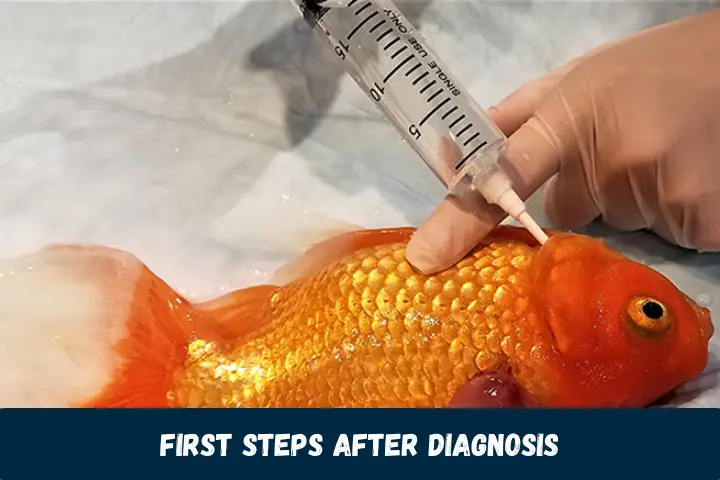
Upon confirming the presence of Camallanus, immediate action must be taken to resolve the infestation. Begin by testing and optimizing water quality parameters. Ammonia spikes compromise the fish’s immune response. Identify and promptly address any husbandry issues that could be causing stress, making fish more vulnerable to worms taking hold. Daily partial water changes help remove worm eggs and larvae present in the tank itself that perpetuate the parasite’s life cycle. Thorough gravel vacuuming is critical for eliminating pockets of eggs and organic debris where larvae can thrive.
Camallanus Treatment Options
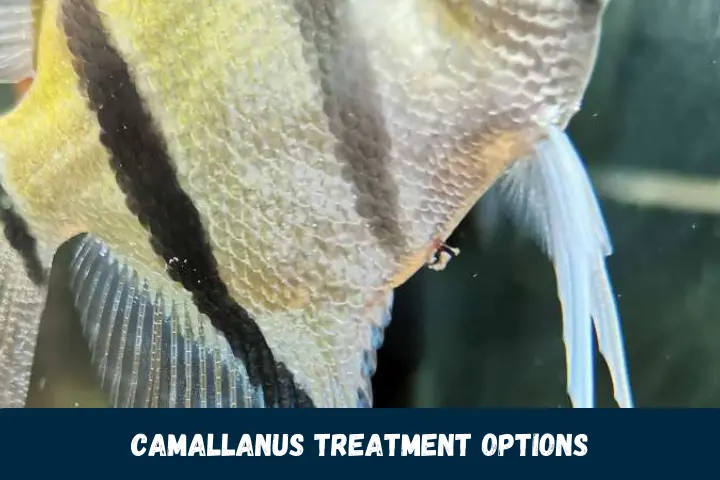
Several safe, effective treatment options are available for eliminating Camallanus worms from home aquariums. Always consult an experienced fish health expert for dosage guidance and oversight tailored to your specific situation before administering any medication to aquarium inhabitants.
1. Fenbendazole
Considered highly effective against Camallanus and other intestinal worms, fenbendazole is the most commonly prescribed treatment. It is administered orally, either soaked into fish food or via a prepared medicated gel that sticks to feeders like bloodworms or brine shrimp. The food must be consumed on an empty stomach for the medicine to work its way fully through the digestive tract. Treatment lasts 3 to 7 days in most cases.
2. Levamisole
Available in liquid or powder formulations, levamisole eliminates Camallanus by paralyzing the worms so they loosen their hold on the intestinal lining and get flushed from the fish’s system. It too is applied as a tank-wide bath or through medicated fish food for a shorter 3-day duration. Levamisole is considered very safe but must be used carefully and precisely as directed.
3. Praziquantel
Another common anti-parasitic medication, praziquantel destroys the worms’ protective outer coating. It causes severe damage resulting in the parasite essentially digesting itself from the inside out. Traditionally used against external flukes and crustaceans, praziquantel has also proven effective against some Camallanus species. Consult your fish veterinarian to determine if it may be useful for your specific situation.
4. Natural Treatments
While not as reliably or rapidly effective as prescription medications, some aquarists choose to try gentler plant-based home remedies either alongside or as an alternative to traditional drugs. Garlic, papaya seeds, pineapple, pumpkin seeds, black walnut leaf extract and several other natural substances do demonstrate mild anti-parasitic properties that may gradually help weaken or destroy Camallanus with consistent long-term application.
Critically Important Post-Treatment Steps

Curative treatments alone provide only half the battle against Camallanus. Equally vital prevention measures must also be enacted to avoid reinfection and break the parasite’s life cycle within the aquarium environment.
Continue Quarantine Protocols
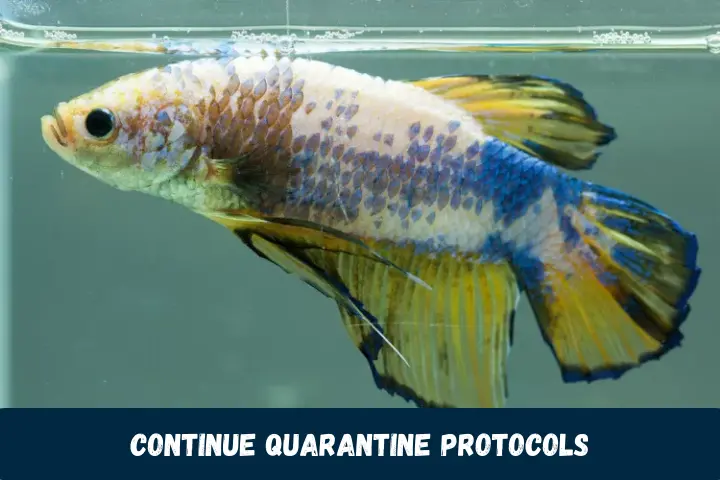
Maintain quarantine systems ready to properly screen and proactively treat any new fish before adding them to display tanks where they could introduce pathogens. A minimum 4-week quarantine remains highly advisable even after resolving a prior worm issue.
Preserve Good Water Quality
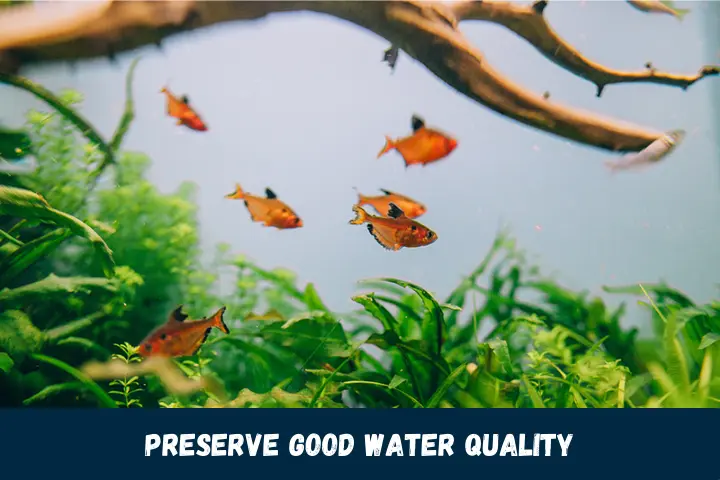
Stay diligent with partial water changes and filter media cleaning to keep nitrogen cycling optimized and remove organics where larvae can accumulate. Consider installing a high-quality disinfection system like UV sterilization as an additional safeguard against suspended pathogens.
Add Cleanup Crews
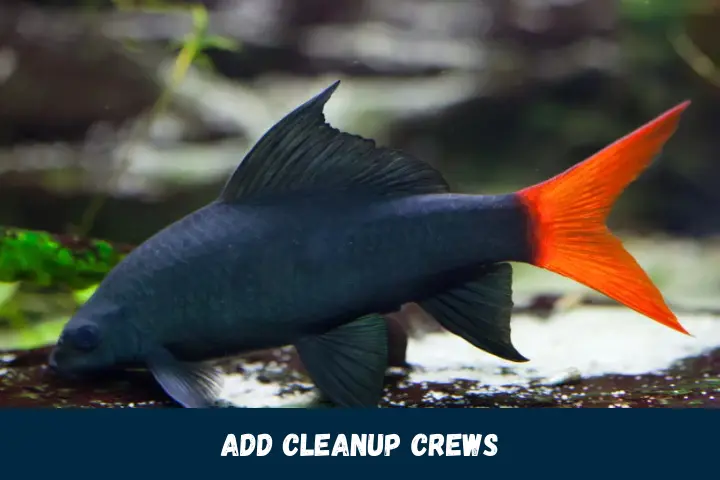
Certain fish like loaches and shrimp along with some snails function as living cleaners that actively scavenge waste materials and eat larvae. Introducing cleanup crews helps disrupt the Camallanus life cycle through biological means and keeps the tank bottom spotless. Only add what the system can reasonably support though, as overstocking causes its own welfare issues. Vet any additions carefully to prevent introducing other diseases.
Employ Strategic Treatment Rotations
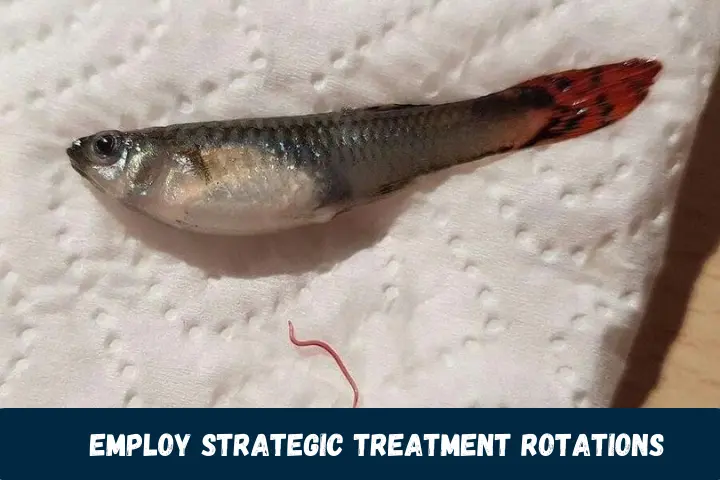
Repeating the same chemical treatment frequently tends to lower efficacy over time as resistance develops. Rotating between different medication classes helps circumvent this issue. Interval treatments paired with natural options may prevent reestablishment following the initial elimination. Employ strategic, veterinary-guided treatment rotations rather than relying solely on one repeated cure-all.
Prevention Through Proactive Care
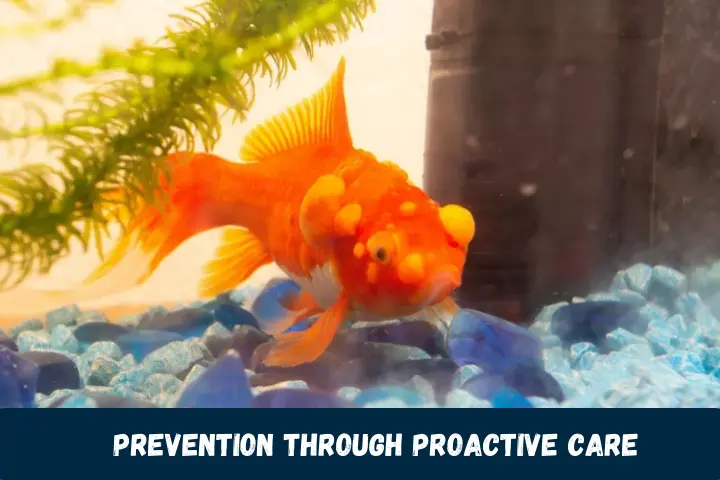
While completely eliminating the risk of Camallanus is nearly impossible with live feeds and aquatic stock originating from commercial breeder sources where low-level infestations commonly occur, the vigilance and proactive preventative steps outlined here offer reliable safeguards against worms taking destructive hold within home aquarium environments. Know the enemy, act at first signs of trouble, employ strategic medication rotations as needed, optimize conditions to support fish immune function, and continually disrupt the parasite’s life cycle through quarantines and tank maintenance. Persistence pays off in winning the battle against Camallanus.
Recognizing Troublesome Signs
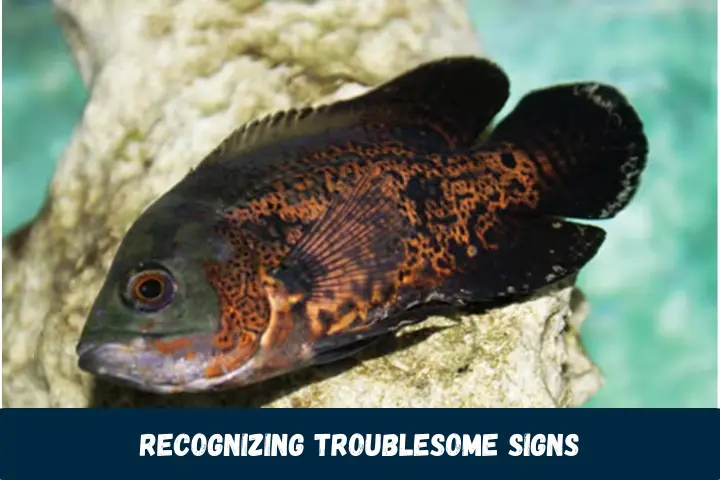
Keeping a close eye on fish health and behavior allows catching Camallanus cases early before worms have time to proliferate. But precisely what subtle signs suggest a closer look may be warranted? Let’s examine key indicators that should raise red flags:
- Loss of Vivacity: Previously active fish start lingering motionless along the bottom or hiding uncharacteristically often.
- Faded Color: Noticeable loss of vivid color especially in the fins and body. Increased paleness sets in.
- Deteriorating Condition: Gradual thinning becomes apparent in a previously robust fish even with no drop in feeding.
Flashing & Scratching: Fish rub against objects in the tank much more than usual, potentially indicating irritation or discomfort.
- Clamped Fins: Fins stay folded tightly against the body for extended periods which can signal distress.
- Respiration Changes: Increased gilling rate or labored breathing could point to respiratory issues associated with internal worm damage.
Quick Investigation Steps
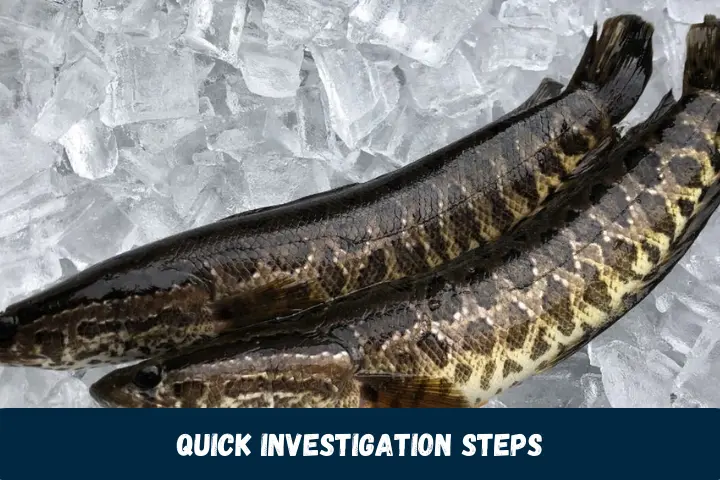
- Do not delay responding when any above symptoms emerge. Time is of the essence! Begin with conservative measures to identify the root cause:
- Test Water Parameters: Ammonia, nitrite, nitrate, pH, hardness, temperature etc. Suboptimal water is a common illness trigger.
- Assess Environment: Ensure sufficient space, appropriately sized tank mates, adequate hides, efficient filtration, gravel cleanliness etc. Remove stressors.
- Increase Frequency/Volume of Water Changes: Clean refreshed water supports healing and removes pathogens. Step up routine maintenance.
- Collect Fecal Sample: Have your veterinarian examine feces under a microscope to check for Camallanus eggs which confirms diagnosis.
Implementing an Early Action Plan
In cases where Camallanus is positively identified through fecal screening, implement treatment without hesitation. The sooner medication is started, the higher the chances of full recovery and long-term survival. Confer with your trusted fish health expert to outline an appropriate treatment plan customized for your particular scenario. Act decisively but compassionately to assist distressed fish. Patience, attentive care, and proper




